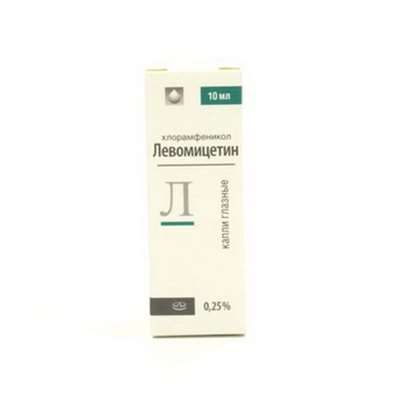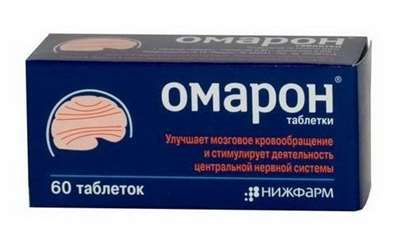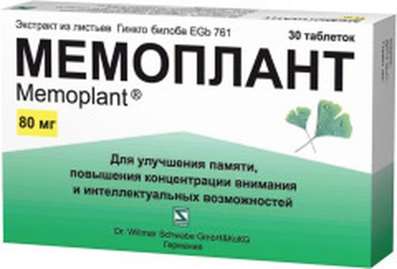Instruction for use: Panadol Baby
I want this, give me price
Active substance Paracetamol
ņ“’ N02BE01 Paracetamol
Pharmacological group
Anilides
Nosological classification (ICD-10)
H66 Suppurative and unspecified otitis media
Bacterial ear infections, Inflammation of the middle ear, Infections of the upper respiratory tract, Infectious-inflammatory diseases of ENT organs, Infectious-inflammatory diseases of upper respiratory tract, Infectious-inflammatory diseases of the ear, Infectious diseases of ENT organs with marked pain syndrome, ear Infection, Otitis media infection, Persistent inflammation of the middle ear in children, Ear pain of otitis
J03.9 Acute tonsillitis, unspecified (angina agranulocytic)
Sore throat infections, Acute tonsillitis, Angina, Follicular tonsillitis, Angina alimentary-hemorrhagic, Secondary sore throat, Sore throat primary, Angina follicular, Angina, Inflammatory diseases of the tonsils, Catarrhal angina, Lacunar angina, Acute Sore Throat, Tonsillitis, Tonsillitis acute, Tonsillar angina, Follicular sore throat, Bacterial tonsillitis
K13.7 Other and unspecified lesions of oral mucosa
Aspirin burn of the oral mucosa, Gum pain when wearing dentures, Inflammation of the mouth, Inflammation of the oral mucosa, Inflammation of the oral mucosa after radiation therapy, Inflammation of the oral mucosa after chemotherapy, Inflammation of the oral mucosa, Inflammation of the mucous membranes of the mouth, Inflammatory diseases of the oral cavity, Inflammatory process of pharynx, Disease of the oral mucosa, Injuries to the oral cavity and larynx, Injuries of the oral mucosa, Trophic diseases of the oral mucosa, Erosive-ulcerative periodontal disease, Erosive-ulcerative lesion of the oral mucosa, Erotic mucous membrane of the oral cavity, Erotic-ulcerative periodontal lesions, Erotic-ulcerative lesions of the oral mucosa, Radio-epileleitis, Irritation from dental prostheses, Irritation of the oral mucosa with dentures and braces, Oral cavity, When wearing dentures
R50 Fever of unknown origin
Malignant hyperthermia, Hyperthermia malignant
R51 Headache
Pain in the head, Cephalgia, Pain with sinusitis, Pain in the back of the head, Painful headache, Headache of vasomotor genesis, Headache of vasomotor origin, Headache with vasomotor disorders, Headache, Neurological headache, Serial headache
R52.2 Other constant pain
Pain syndrome, rheumatic origin, Pain at vertebral lesions, Pain in the chamber, Pain for burns, Pain syndrome weak or moderate, Perioperative pain,Moderate to severe pain, Moderately or weakly expressed pain syndrome, Moderate to severe pain, Ear pain of otitis, Neuropathic pain, neuropathic pain
Composition and form of release
5 ml of the suspension for oral administration contain paracetamol 120 mg; in bottles equipped with a plastic measuring spoon and a special protective cap, 100 and 300 ml, in a box 1 set.
1 suppository rectal - 125 mg; in polymer film 5 pcs., in a cardboard box 2 films.
pharmachologic effect
Pharmacological action - antipyretic, analgesic.
Suppresses the synthesis of PG in the central nervous system, reduces the excitability of the center of thermoregulation in the hypothalamus, increases heat transfer.
Pharmacodynamics
Possesses anesthetizing and antipyretic properties, the latter are manifested with febrile syndrome of any genesis.
Pharmacokinetics
Quickly absorbed from the digestive tract. The concentration in the plasma reaches a peak after 30-60 min; T1 / 2 plasma - 1-4 hours after taking therapeutic doses. Evenly distributed in the body. Metabolised in the liver to form esters of paracetamol with glucuronic and sulfuric acids. 90-100% of the drug is excreted in the urine during the first day in the form of metabolites.
Indication
Painful and febrile syndromes (cold, flu, childhood infectious diseases, toothache, pain with teething, earache with otitis, headache, sore throat).
Contraindications
Hypersensitivity.
Side effects
Erythematous and urticaria skin rash.
Interaction
T1 / 2 extend barbiturates and tricyclic antidepressants. The effect is reduced anticonvulsant.
Dosing and Administration
Suspension: inside, children from 3 months to 1 year are prescribed 1 / 2-1 scoop (5 ml), children from 1 to 6 years - 1-2 scoops (5-10 ml), 6 to 12 years - 2-4 measuring spoons (10-20 ml). If necessary, re-administered every 4 hours (but not more than 4 doses per day).
Suppositories: rectally, children from 3 months to 3 years - 1 supp. every 4-6 hours (but no more than 3 times a day).
Overdose
In the first 24 hours: pallor, nausea, vomiting, anorexia, pain in the abdominal area. After 12-48 h: liver damage, metabolic disorders, metabolic acidosis. With severe poisoning, liver failure can progress (with the development of encephalopathy, coma and death). Acute renal failure with acute tubular necrosis can develop in isolation (in the absence of severe liver damage). Among other disorders - cardiac arrhythmias and pancreatitis. Drug therapy: methionine inside or / in N-acetylcysteine (within the first 2 days after an overdose).
Precautionary measures
Do not use with other paracetamol-containing products. With caution appoint children with violations of the liver and kidneys. Before use in preterm infants and children up to 3 months (if taken for more than 3 consecutive days), consult a doctor for advice.
special instructions
Clinical (and laboratory) manifestations of hepatotoxicity can be observed in a delayed period (up to 1 week).
storage Conditions
In the dark place at a temperature of no higher than 30 į C (do not freeze).
Keep out of the reach of children.
Shelf life
suppositories rectal for children 125 mg - 5 years.
suspension for ingestion 120 mg / 5 ml - 3 years.
syrup for children 120 mg / 5 ml - 3 years.
Do not use after the expiry date printed on the package.

 Cart
Cart





